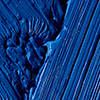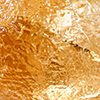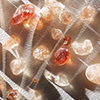More colours in Langridge oil paint
This book has looked at the origins of historical and contemporary pigments, but pigments are hardly ever used in their raw form. To be usefully employed as a colour, billions of individual grains of pigment must be glued together with a binder. This is, in essence, how you make paint.
In my role as a master paint-maker, I make oil paint, which are by dispersing pigments in a ‘drying oil’ such as linseed, walnut, poppy or safflower oils. Linseed oil is by far the most important and widely used drying oil. When drying oils absorb oxygen they convert from a liquid into a hard, permanent coating. Pigments can be bound with very small amounts of oil. This means that oil paints contain much higher amounts of the pigment than watercolour or acrylic paints. For artists, this gives the paint a physical feeling. The paintbrush is literally pushing around dense, coloured pastes.
Throughout history, people have found ways to permanently ‘fix’ colour to create lasting images of the most exquisite beauty. For instance, the binding of pigments in Neolithic cave paintings was probably serendipitous; cave walls containing silicas or limestone trapped the pigment and locked it to the surface over time. Since then, we have discovered a host of sticky, adhesive materials in nature that could hold pigments in place. Some of these earliest binders are still used by artists. Gum arabic, the water-soluble sap of the North African acacia tree, makes watercolours; and beeswax, collected and refined from hives, makes encaustic (molten wax) paint.
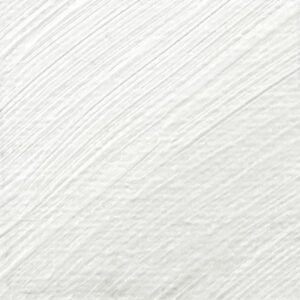
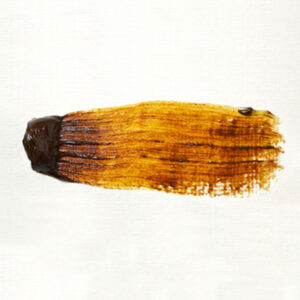

Lithopone White
Soft white with good covering power. Excellent handling qualities.
Slightly less opaque alternative to Zinc White. Useful as a mixing white.
High pigment load with a moderate drying rate.
Classification: Synthetic Inorganic
Composition: Lithopone
Color Index: PW5 (77115)
Hiding Power: Opaque
Vehicle: Refined Safflower Oil
Drying Rate: Medium. 3-6 days
Consistency: Short butter
Lightfastness Rating: ASTM I
Series: 1
Code: 08124
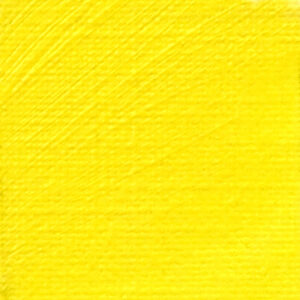


Bismuth Vanadate Yellow
Opaque, bright lemon-yellow.
Very luminous. Very good body, but its soft buttery consistency allows for ease of brushing out. Excellent alternative to Cadmium Yellow.
Classification: Synthetic Inorganic
Composition: Bismuth Vanadium
Color Index: PY184 (771740)
Hiding Power: Opaque
Vehicle: Refined Linseed Oil
Drying Rate: Fast 2-4 days
Consistency: Soft butter
Lightfastness Rating: ASTM I
Series: 3
Code: 08193
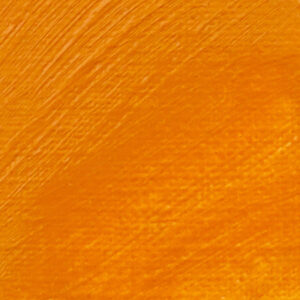


Titanium Orange
Langridge is the first manufacturer in the world to use this pigment as an oil colour. Opaque mid-chroma orange. Less outrageous intensity as our other offerings with a unique colour-space.
Very dense. Long consistency.
Classification: Synthetic Inorganic
Composition: Rutile Tin Zinc complex
Color Index: PY216
Hiding Power: Opaque
Vehicle: Refined Linseed Oil
Drying Rate: Fast (2-4 days)
Consistency: Buttery
Lightfastness Rating: ASTM I
Series: 5
Code: 08194
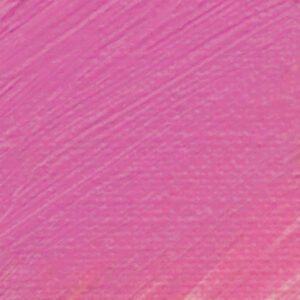

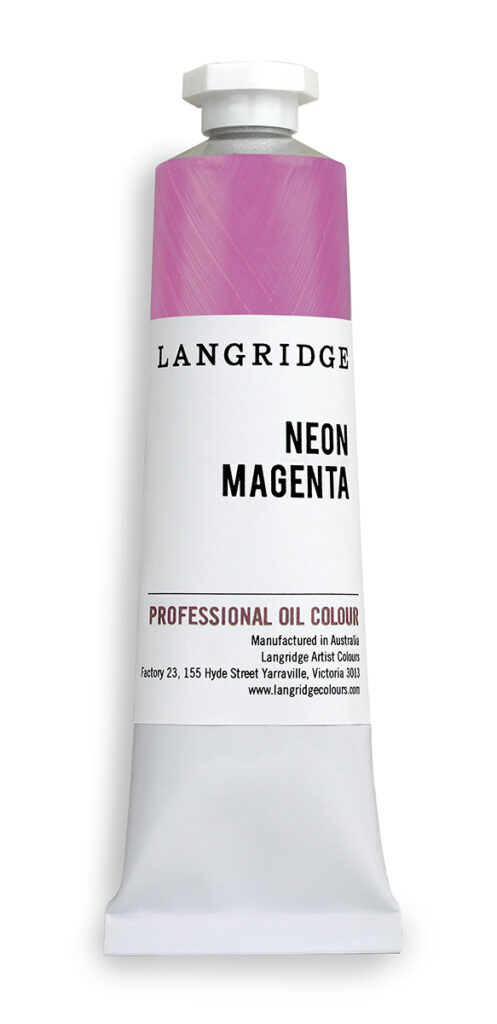
Neon Magenta
Contemporary, saturated mid-value pink with excellent opacity.
The colour hovers between warm and cool. Versatile mixed pink. Useful addition to our intense ‘neon’ colours.
Classification: Mixture
Composition: Titanium Dioxide / Quinacridone
Color Index Name: PW4/PR122/PV19
Hiding Power: Opaque
Vehicle: Refined Linseed Oil
Drying Rate: Medium. 3-6 days
Consistency: Short butter
Lightfastness Rating: ASTM I
Series: 2
Code: 08192
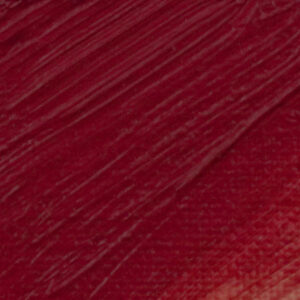

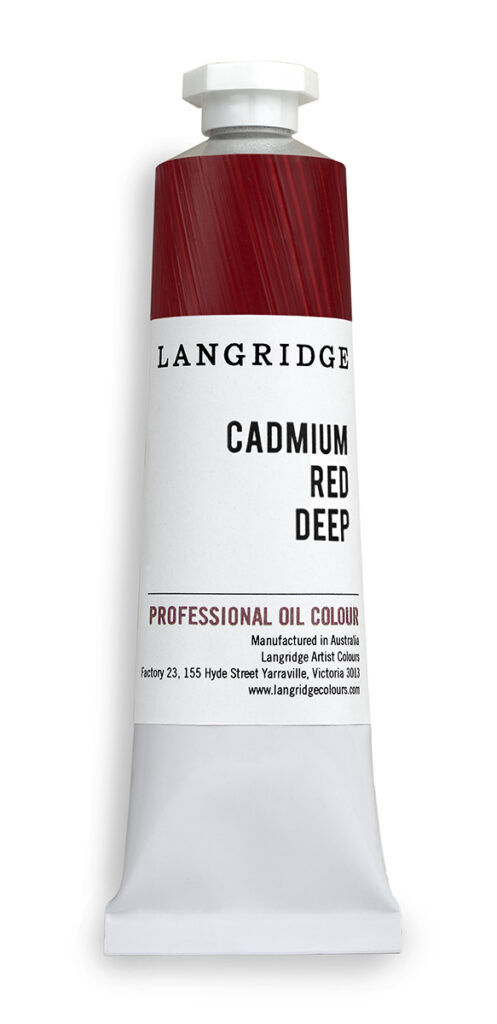
Cadmium Red Deep
Strong, deep crimson red with good tinting power. Very clean colour.
Soft texture, good mark-holding, excellent coverage.
Classification: Synthetic Inorganic
Composition: Cadmium Sulphoselenide
Color Index: PR108 (77202)
Hiding Power: Opaque
Vehicle: Refined Linseed Oil
Drying Rate: Fast. 2-4 days
Consistency: Buttery
Lightfastness Rating: ASTM I
Series: 6
Code: 0833
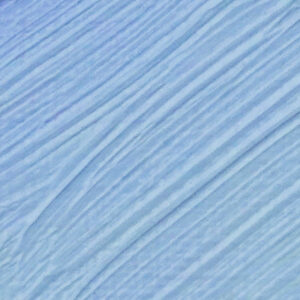

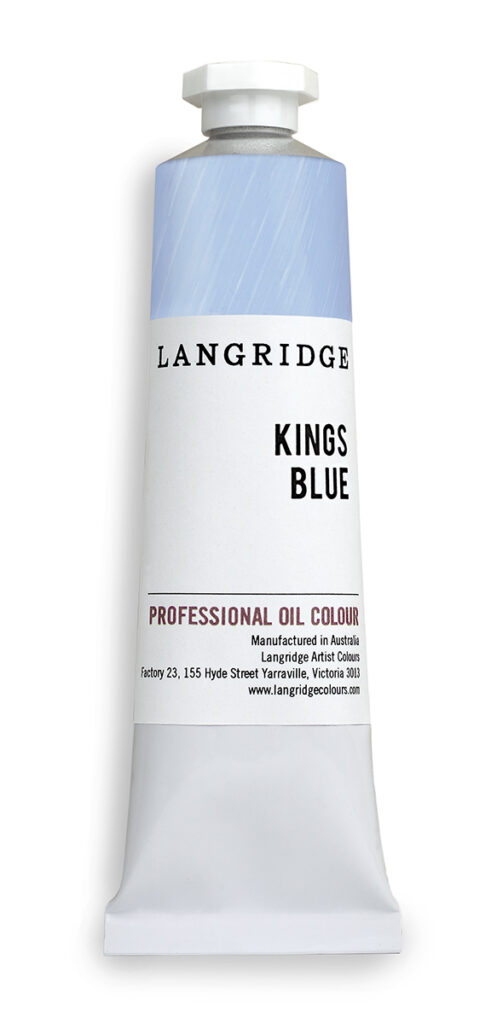
Kings Blue
Traditional formulation. Dreamy pale blue with a slight violet cast.
Atmospheric light azure, perfect for both landscape and non-realist applications.
Classification: Synthetic Inorganic
Composition: Titanium Dioxide / Sodium Sulphosilicate
Color Index: PW4/PB29
Hiding Power: Opaque
Vehicle: Refined Linseed Oil
Drying Rate: Medium. 3-6 days
Consistency: Soft butter
Lightfastness Rating: ASTM I
Series: 2
Code: 08195


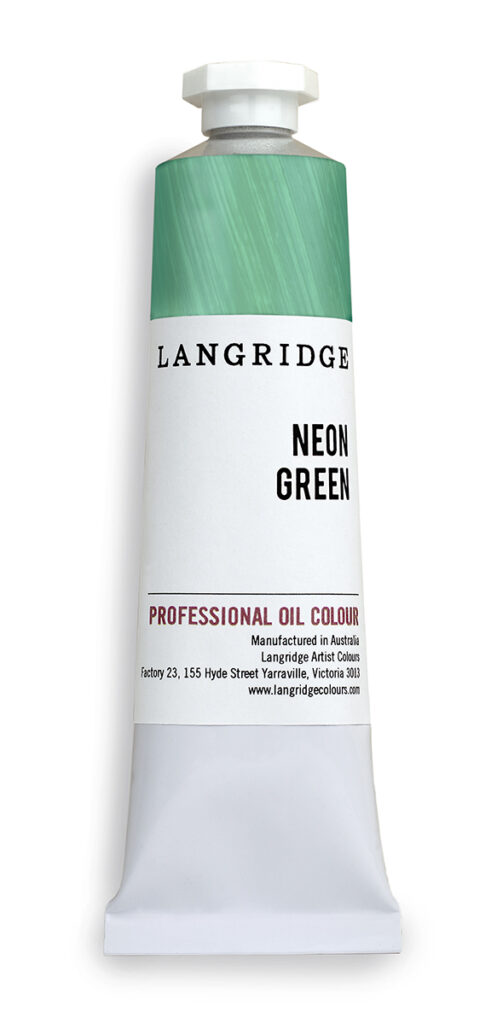
Neon Green
Contemporary high chroma emerald-mint green with excellent opacity.
Luminous colour that sits between blue and yellow biases.
Strange synthetic colour-space.
Classification: Mixture
Composition: Titanium Dioxide / Phthalocyanine
Color Index Name: PW4/PG7/PG36
Hiding Power: Opaque
Vehicle: Refined Linseed Oil
Drying Rate: Medium. 3-6 days
Consistency: Buttery
Lightfastness Rating: ASTM I
Series: 2
Code: 08191
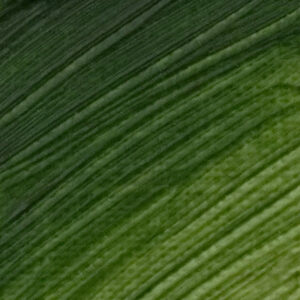

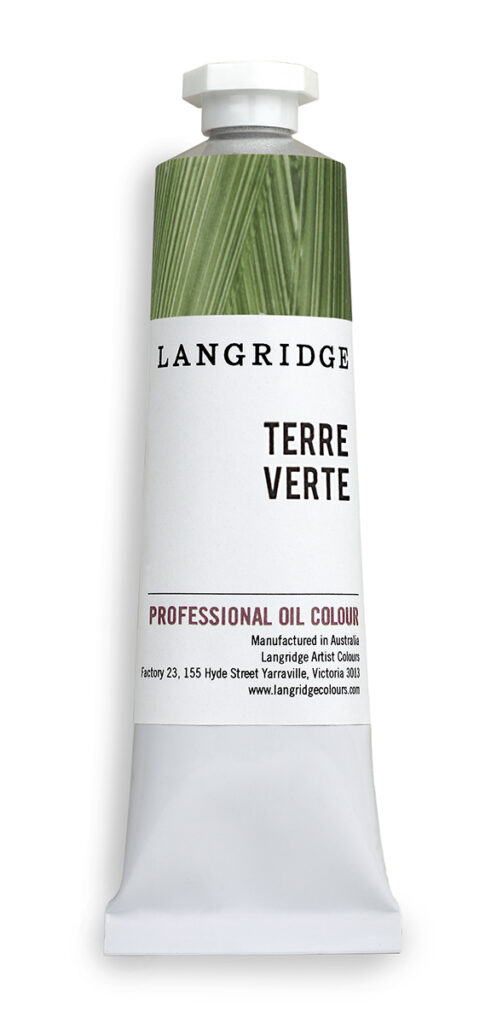
Terre Verte
Genuine Italian green earth. Delicate tinting strength. Its natural composition lends a slightly gritty feel under the brush. Excellent for glazing and controlled tonal modulations.
Classification: Natural Inorganic
Composition: Celadonite
Color Index Name: PG23 (77009)
Hiding Power: Transparent
Vehicle: Refined Linseed Oil
Drying Rate: Fast. 2-4 days
Consistency: Soft
Lightfastness Rating: ASTM I
Series: 2
Code: 0891
